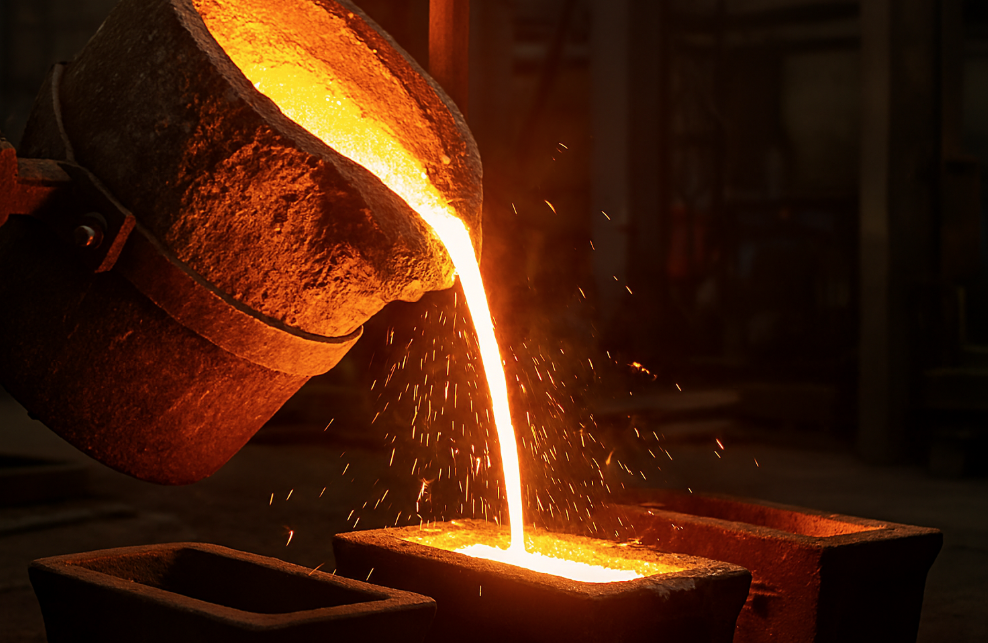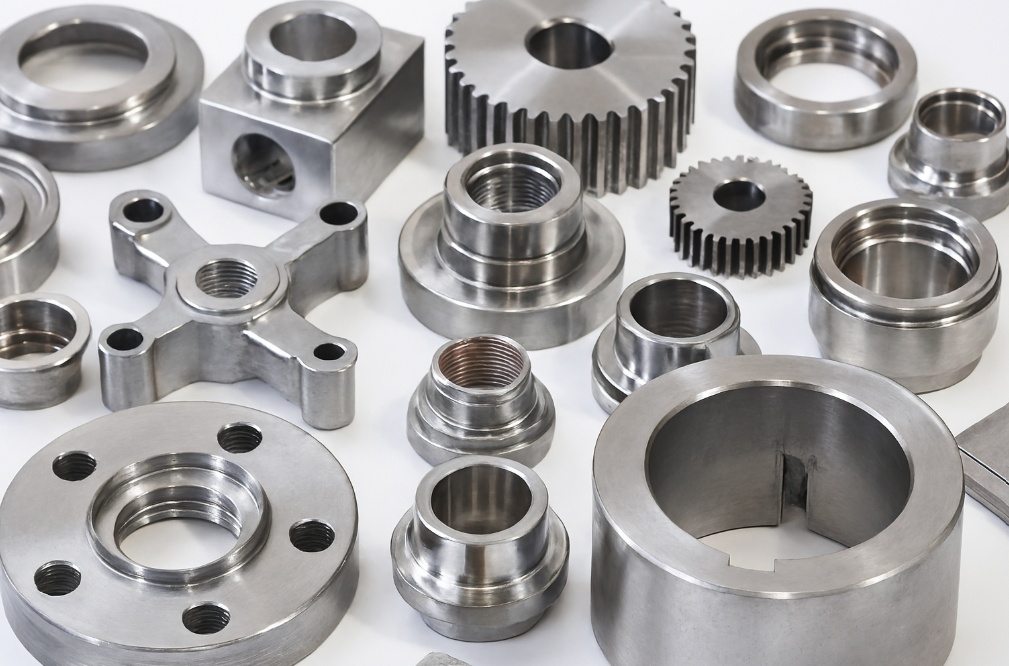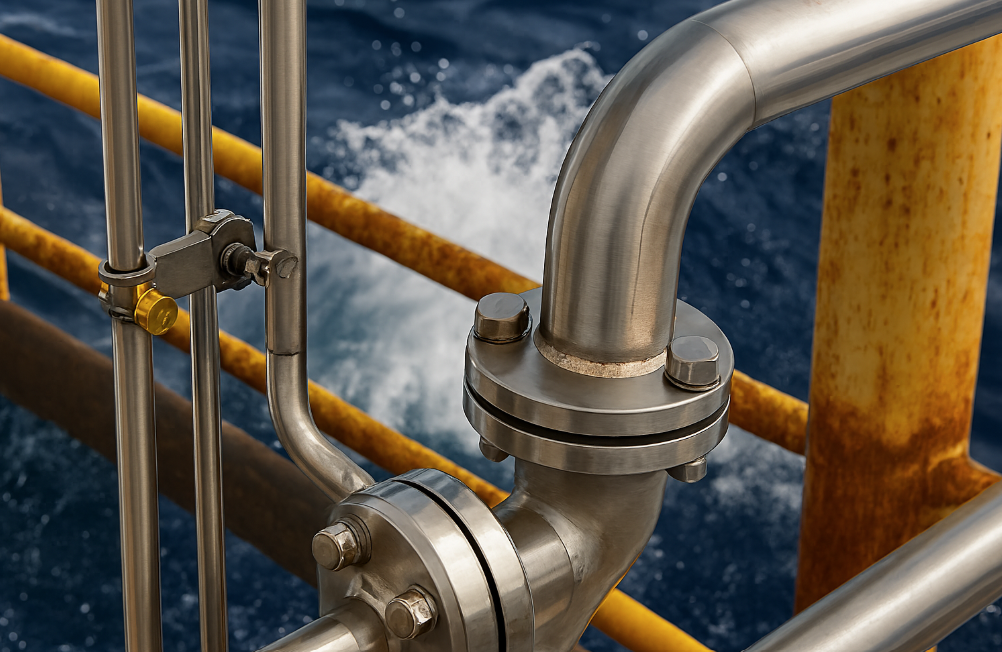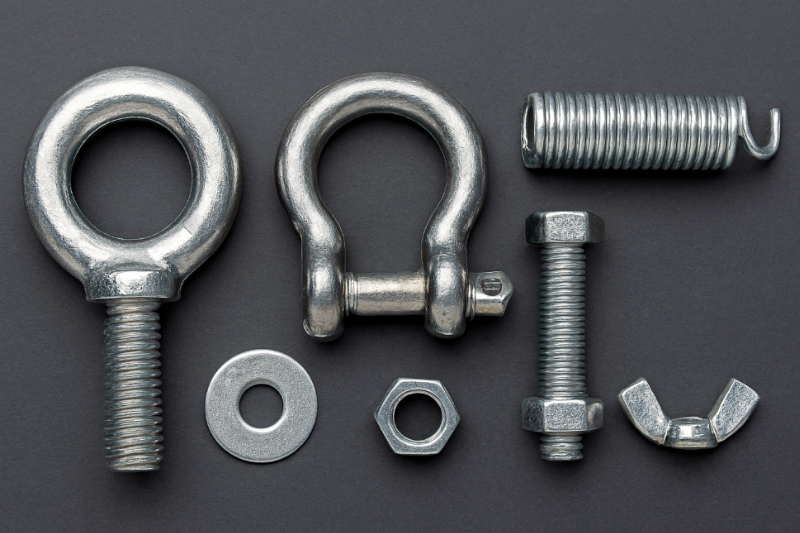Why Are Alloys Stronger Than Pure Metals
Alloys are usually stronger than pure metals because mixing elements disrupts the crystal lattice and blocks dislocation motion. Techniques like solid-solution strengthening, precipitation hardening, and grain refinement make alloys tougher, harder, and more durable than their pure-metal counterparts. Real-world numbers: pure iron’s yield strength can be ~7–10 ksi, while common steels start above ~30 ksi and often go far higher. Aluminum 7075-T6 reaches ~500–570 MPa tensile strength; Ti-6Al-4V lands around ~880–950 MPa.

Which is Stronger, Metal or Alloy?
Alloys are generally stronger than pure metals. Add small amounts of other elements, apply the right heat treatment, and you unlock higher yield strength, hardness, fatigue resistance, and often better corrosion behaviour. Pure metals still shine where maximum conductivity or extreme ductility matters, but for most real projects, alloys win on performance.
What Actually Makes Alloys Stronger?
Solid-solution strengthening
Atoms of different sizes (e.g., carbon in iron for steel, zinc in copper for brass) slightly “stretch” or “squeeze” the lattice. Those tiny distortions act like roadblocks that stop slippage and raise strength.
Precipitation hardening
Heat treatment forms ultra-fine particles inside the metal. These particles pin dislocations, imagine speed bumps inside the material so the alloy holds shape under stress.
Grain refinement and work hardening
Rolling, forging, and controlled cooling refine grains and add more internal boundaries. More boundaries mean more barriers to slip, improving yield strength and fatigue life.
Tunable properties
Alloy design lets you trade and tune properties, strength, weight, corrosion resistance, machinability so you get the right mix for the job, not a one-size-fits-all metal.

Real Examples for Singapore Projects
Iron vs steel
Pure iron is soft and bends easily. Add a small amount of carbon and micro-alloying elements, and you get steel with far higher yield strength. That’s why structural beams, brackets, and platforms across Singapore use steel, not pure iron. When you’re speccing floors or ramps, compare surface grip and cost in chequered plate vs plain steel plate and pick profiles that carry load efficiently with mild steel C-channels.
Copper vs brass/bronze
Pure copper is very ductile and conducts heat and electricity well, but it’s relatively soft. Mix copper with zinc to make brass, or with tin to make bronze, and you gain hardness and wear resistance, useful for fittings, bushings, valves, and decorative hardware that must keep shape and finish. For framing and bracing that pairs well with these fittings, review angle bar sizes, materials, and how to use them to match sections to your load paths.
Aluminium vs 6xxx/7xxx aluminium
Commercially pure aluminium is light and corrosion-resistant, yet not very strong. Heat-treatable alloys like 6061-T6 and 7075-T6 reach much higher tensile strengths at a fraction of steel’s weight, ideal for jigs, frames, drone parts, and precision components. If your layout needs flexible mounting for MEP or racking, plan spans and fittings with our Unistrut channel guide before you cut or drill.
Titanium vs Ti-6Al-4V
Commercially pure titanium resists corrosion well but isn’t as strong as titanium alloys like Ti-6Al-4V (Grade 5). This workhorse alloy combines high strength-to-weight with excellent corrosion resistance, good for high-load fasteners, chemical-exposed parts, and marine environments. If you need production-ready parts, our titanium CNC machining in Singapore handles Grade 5 milling and turning with proper feeds, coolant, and chip control. Where stainless is more practical, compare grades in stainless steel 304 properties, uses and 316 comparison to balance cost and chloride resistance.
Why Are Alloys Superior to Pure Metals?
Alloys outperform pure metals because mixing elements blocks atomic slip, which raises strength and fatigue life, while also letting engineers tune corrosion resistance, weight, and manufacturability. That’s why steel beats pure iron, brass outlasts copper in fittings, and 7075-T6 aluminium outperforms pure aluminium in high-load, lightweight parts.
- Higher strength where it counts: beams, brackets, machine parts, fasteners, gears
- Better fatigue performance: parts survive repeated loading in machinery and transport
- Corrosion solutions: stainless steels, aluminium and titanium alloys stand up to humidity and salt spray common in Singapore’s climate
- Process-friendly: you can pick alloys optimised for welding, machining, or casting to reduce production time and defects
- Weight savings: high-strength aluminium and titanium deliver steel-like performance with much lower mass

Choosing the Right Alloy
Define the job
Static load, impact, or cyclic fatigue? Pick an alloy family known for that duty (e.g., structural steels for heavy load, 7xxx aluminium for strength-to-weight, Ti-6Al-4V for strength + corrosion).
Map the environment
Indoors, outdoors, coastal, chemical contact, high temperature? This steers you toward stainless, nickel-based, aluminium, or titanium systems. For outdoor steelwork, extend service life with the practices in galvanising explained.
Match the process
Welding, machining, casting, or additive? Some grades are optimised for each process (e.g., 6061 for weldability, certain brasses for machining, investment-casting-friendly stainless).
Plan heat treatment and finish
Temper/heat-treat to hit target strength, then consider coatings, anodising, or passivation for longevity.
Verify with data
Check yield/UTS, hardness, elongation, fatigue, and corrosion ratings against your design loads and safety factors.

Singapore Use-Cases We Handle Every Week
Singapore’s projects demand materials that stay strong in heat, humidity, and coastal exposure. We specify the right alloys, not pure metals so your parts hit target strength, resist corrosion, and machine or weld cleanly to meet tight build schedules. From façade frames to marine fittings and precision jigs, here’s where the right alloy choice pays off every week:
- Architectural metalwork: steel brackets, aluminium façade frames, stainless handrails that resist weathering. Choose surface protection with galvanising best practices.
- Precision engineering: 7075-T6 fixtures and 6061-T6 machine plates for rigidity without excess weight, produced via our sheet metal fabrication workflow.
- Marine/offshore: stainless and nickel alloys for splash-zone parts and chemical lines; titanium for critical fasteners refer to 304 vs 316 stainless selection notes.
- Automation & robotics: aluminium and titanium components where stiffness-to-weight drives cycle time and accuracy
If you’re planning a build in Singapore, start with the right partner for metal fabrication and see how our sheet metal fabrication workflow keeps tolerances tight and lead times short. For corrosion-sensitive parts, this primer on stainless steel uses, types and local fabrication helps you pick the right grade from day one.
Build It Right with The Monster Builder
Alloys deliver the strength, fatigue resistance, and corrosion performance that pure metals can’t match in real projects. If you’re designing for Singapore’s heat, humidity, and coastal exposure, choose the right alloy grade, heat treatment, and finish from the start.
The Monster Builder can help you specify with confidence. Share your drawing, load case, and environment. We’ll recommend the optimal alloy, machining/welding approach, and surface protection so your parts pass inspection the first time and perform for years.
For a build review or drawing check, tap our metal fabrication team in Singapore and if your scope is plates, brackets, or enclosures, our sheet metal fabrication line keeps tolerances tight. Planning outdoor steel? Lock in durability with these galvanising essentials before you issue the PO.
Interested? Get a quick, no-obligation spec review today.



